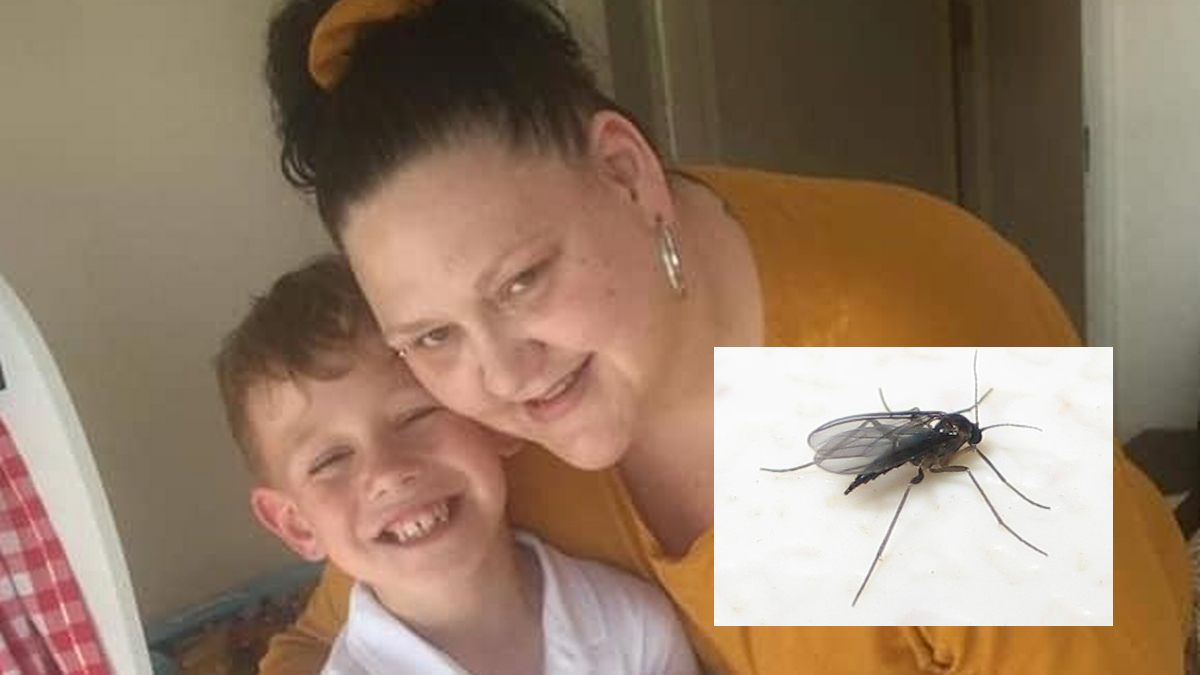“For a week they walked almost wordlessly like sleepwalkers through a universe of grief lit only by the faint reflection of luminous insects, and their lungs were overwhelmed by a choking odor of blood.”
― Gabriel García Márquez, One Hundred Years of Solitude
The Rocky Mountain locust (Melanoplus spretus) was once very fertile. By the late 19th century, billions of Rocky Mountain locusts regularly fell across the Great Plains, devastating prairie plants and decimating farmers’ crops. But then the swarms stopped flying and the locusts, last seen in 1902, never returned.
This is news now due to the exhibition and accompanying book, Extinct & Endangered: Insects in Peril, featuring images by British photographer Levon Biss in collaboration with the American Museum of Natural History. The intent is to show us the beauty of mini beasts that we might not notice until the whey is gone.
Biss creates his sparkling photographs from up to 10,000 frames with microscope lenses and contain microscopic levels of detail.
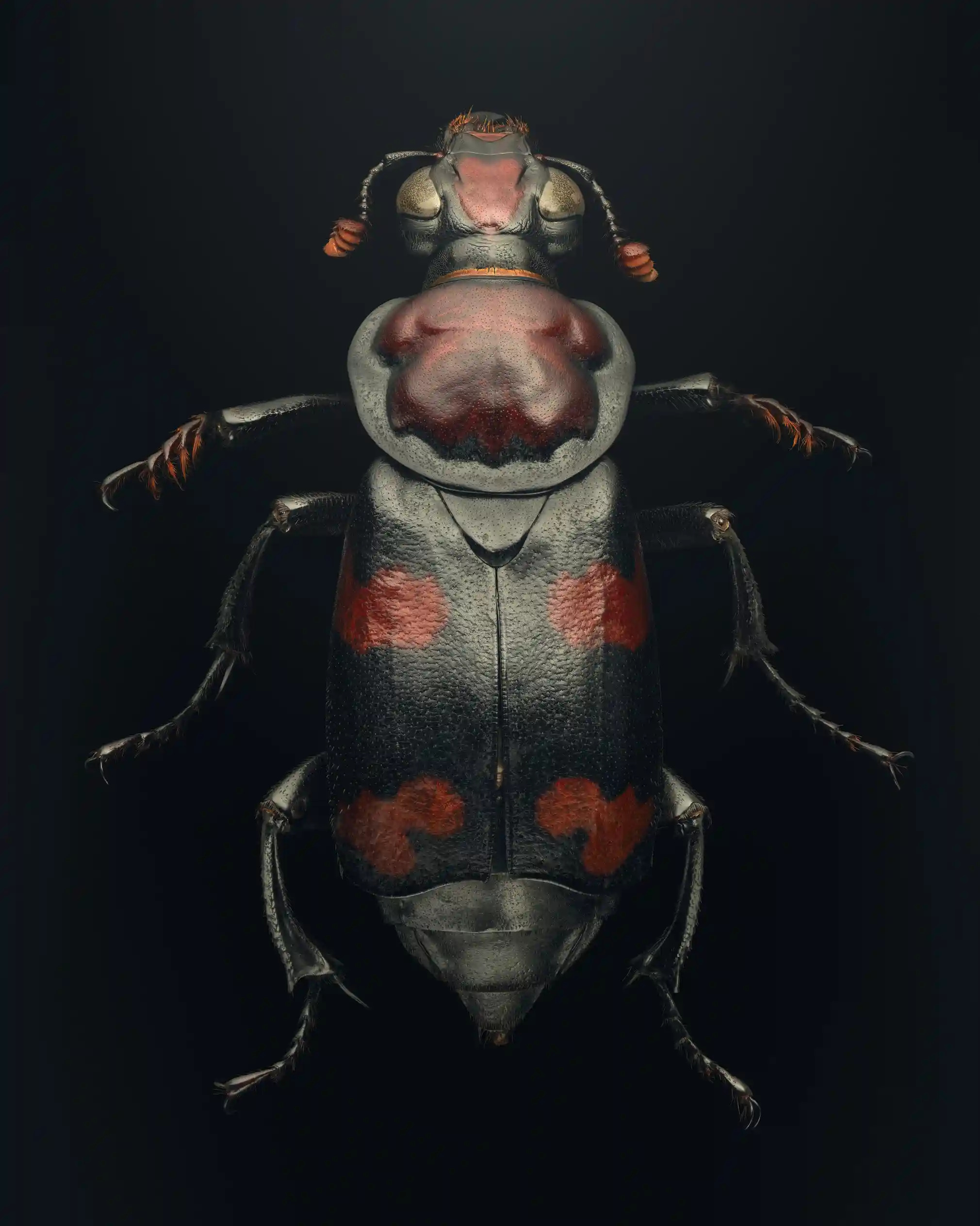
American gravedigger
Nicrophorus americanus Can small insects eat larger animals to the bone? When it comes to American gravediggers, the answer is yes. To feed offspring, a male and female first find, prepare, and bury the carcass of a small mammal, bird, or reptile. The female lays her eggs near the carcass, and then—unusually for insects—they are observant parents, feeding the larvae regurgitated food from the carcass. Like some other groups of insects, these gravediggers help the larger ecosystem by returning decaying animals back to the soil

Xerce’s Blue Butterfly
Glaucopsyche xerces Many of the more than 14,000 butterfly and moth species in North America are endangered; some are extinct. Once abundant in San Francisco, California, the Xerces Blue — last seen in the 1940s — was the first North American butterfly species known to have disappeared due to human activity.
Share on FacebookShare on Twitter
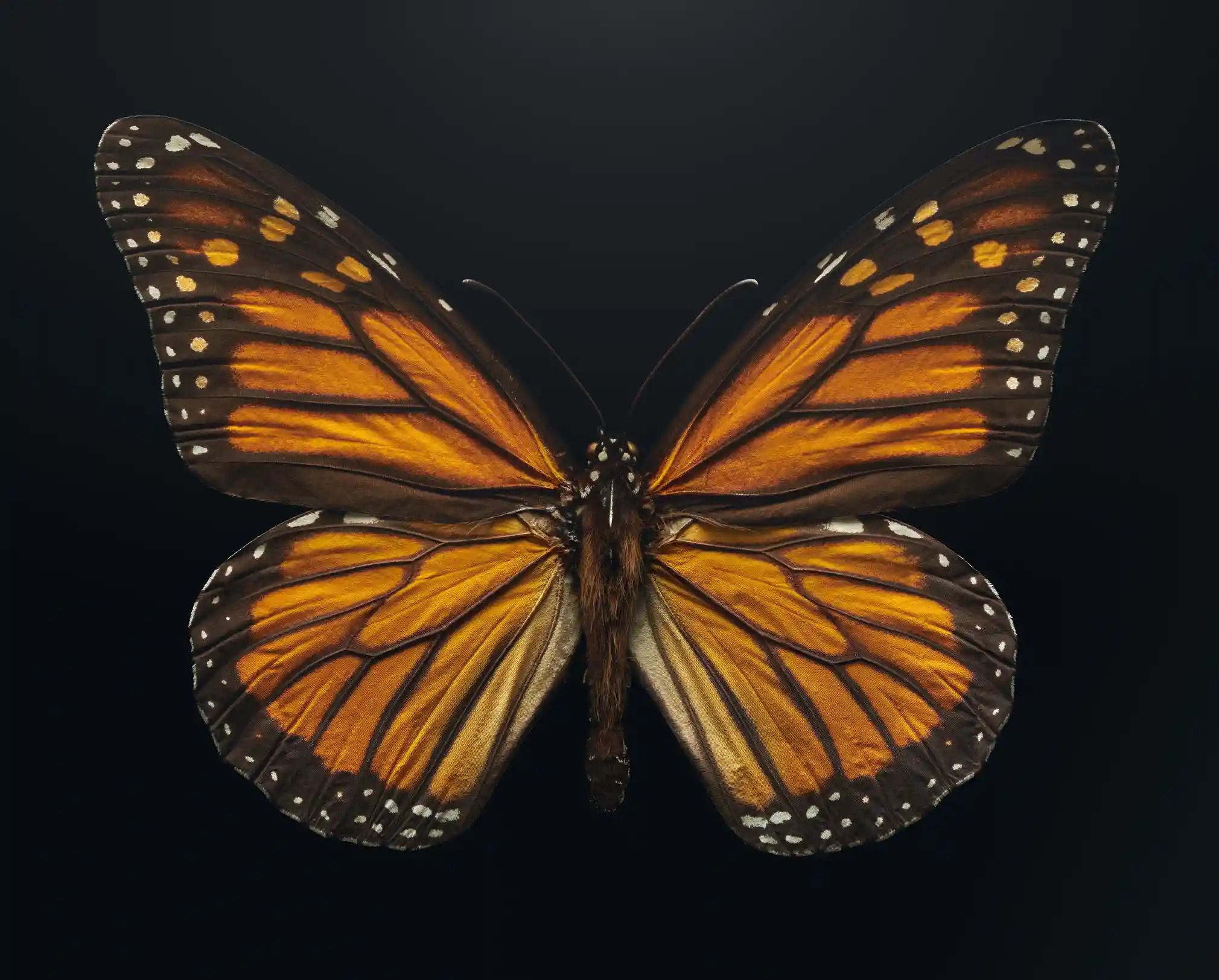
monarch butterfly
Danaus plexippus A number of insect species travel long distances, but monarch butterflies are notable for their epic North American migrations.
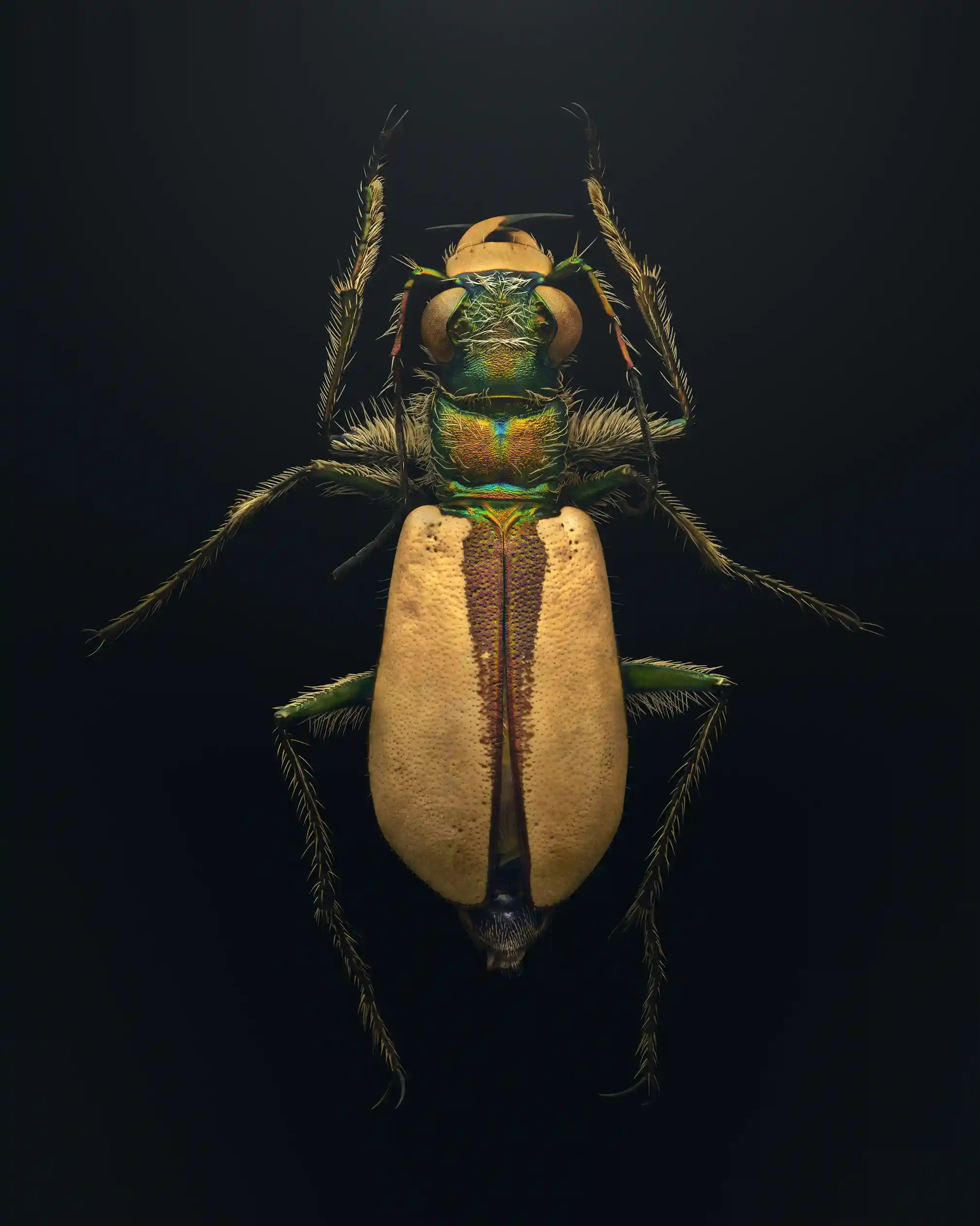
Coral Pink Sand Dune Tiger Beetle
Cicindela albissima This colorful specimen looks striking, but in the pink sand dunes of its Utah habitat, its cream and green hues actually help the animal blend in. The cream-colored forewings also help these beetles deal with the desert heat by reflecting sunlight instead of absorbing it.
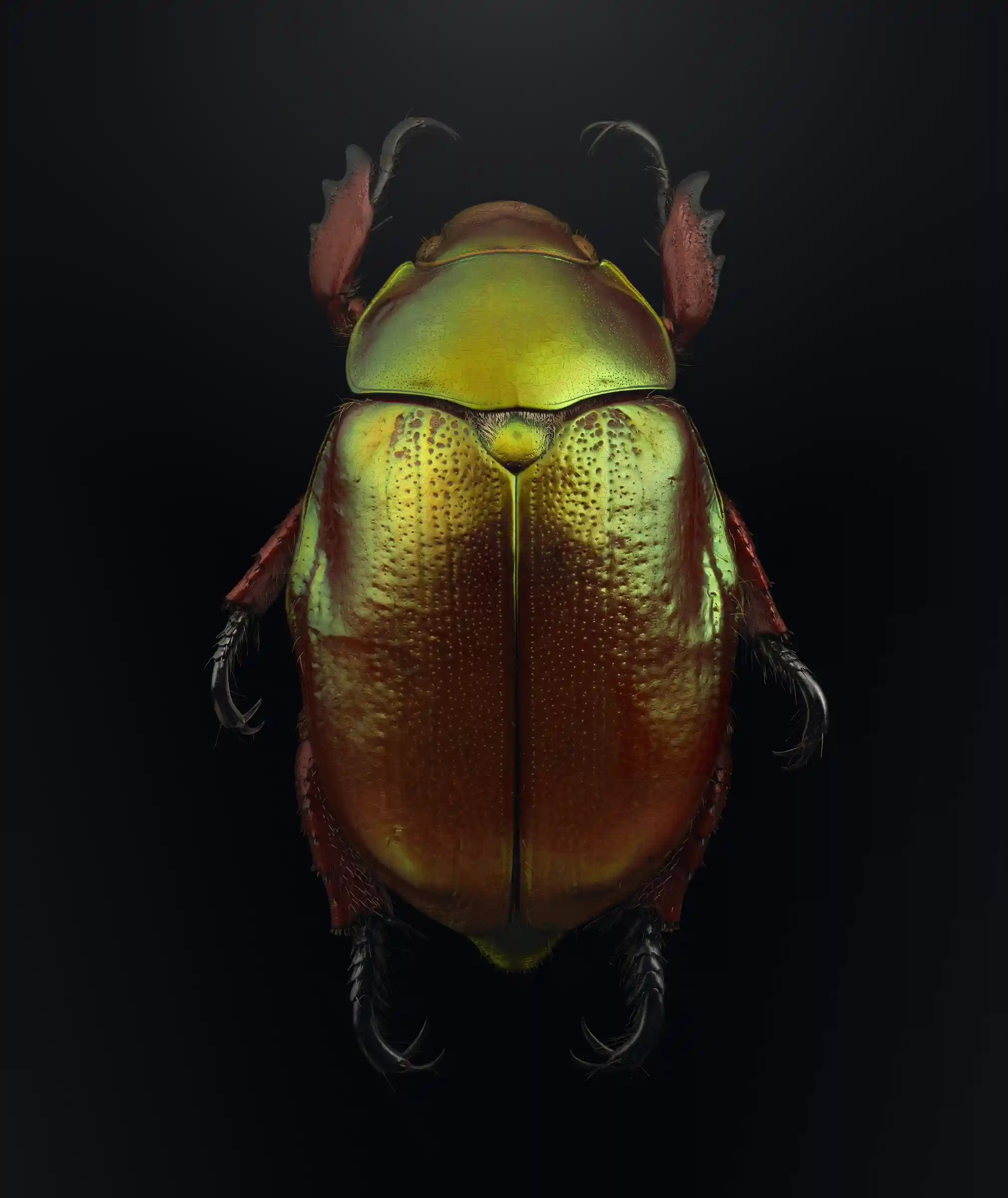
Christmas beetle
Anoplognathus viridiaeneus Summer begins in December in Australia, where these insects call home. Also known as king beetles, these scarab beetles shimmer and shine – and were once commonly seen (and heard) swarming around the city’s streetlights and buzzing through the night at Christmas time. But while the beetles are said to be relatively widespread in rural areas, observers report that these festive urban sightings are now much rarer.

Silkworm with Louisiana eyes
Automeris louisiana In the dark of night, beyond the Mississippi Delta and the east Texas Gulf Coast, Louisiana-eyed silk moths soar from the swamps and fly in search of mates or a place to lay their eggs. With blinking eyespots on their hind wings to deter birds or other predators, the adults of this showy species live for only a few days.
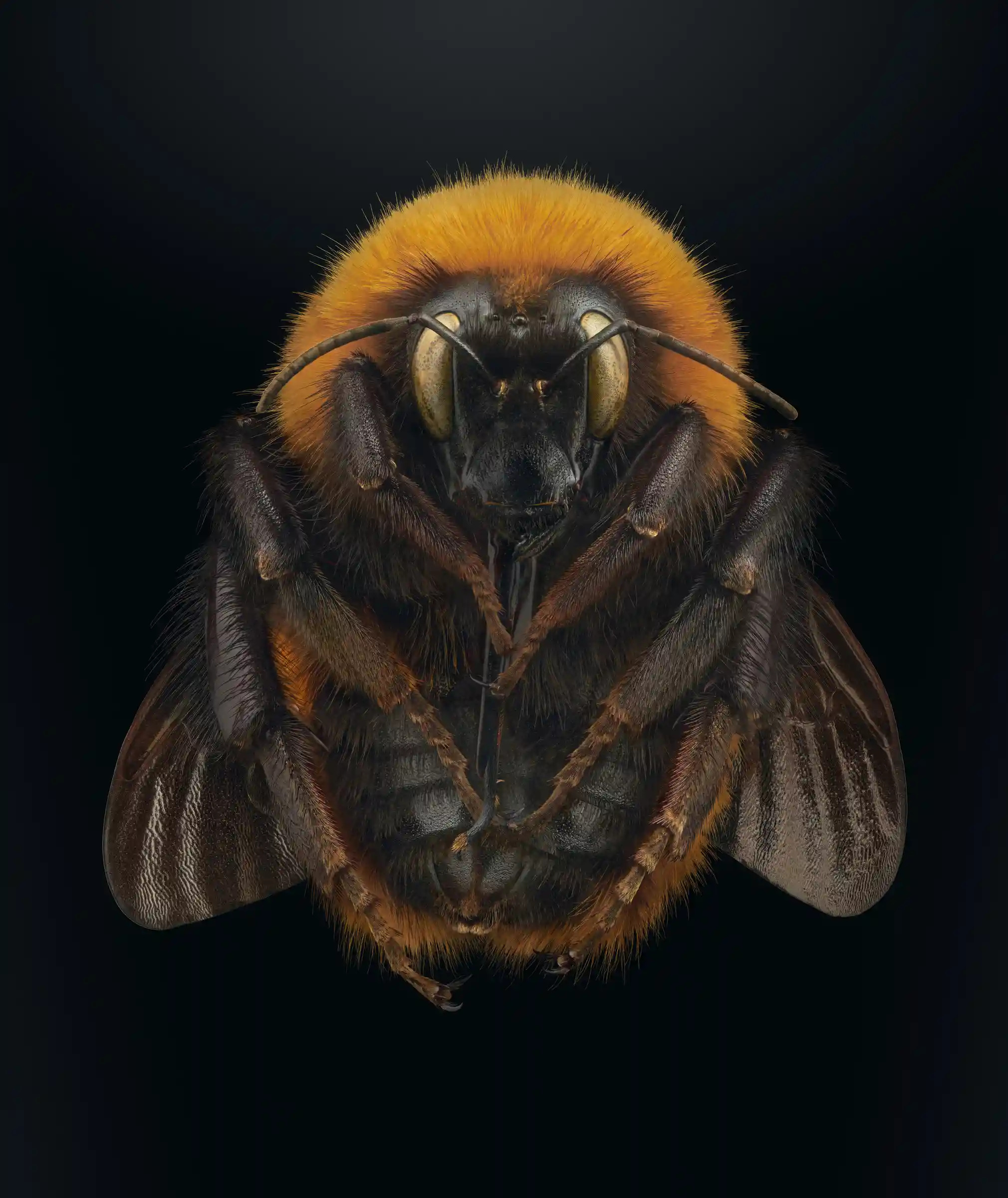
Giant Patagonian Bumblebee
Bombus dahlbomii Meet one of the largest bumblebee species in the world. It is native only to southern South America and is also referred to by some as the “flying mouse”.
See: Suburban Symbiosis: Ultimate Close-Ups of Insects in Our Homes
Photographs by Levon Biss and text from the American Museum of Natural History







:strip_exif(true):strip_icc(true):no_upscale(true):quality(65)/cloudfront-us-east-1.images.arcpublishing.com/gmg/I4BQKWHOFFAEJHVPQAYMRWZYCM.jpg)
